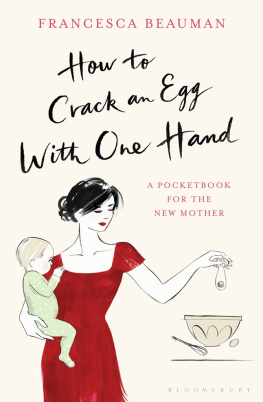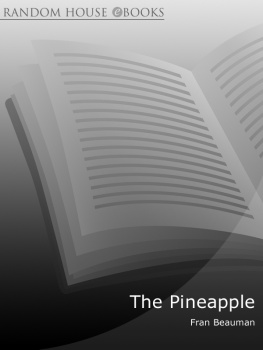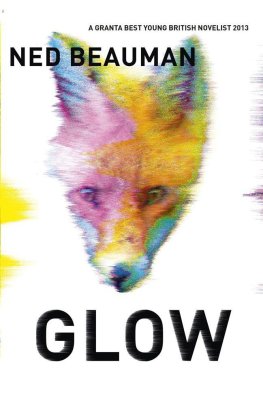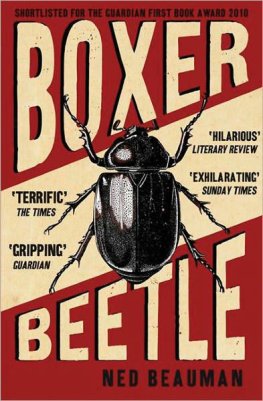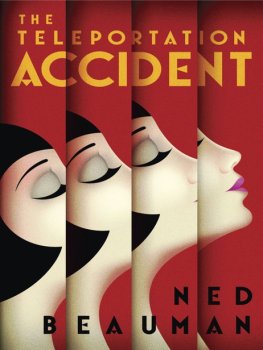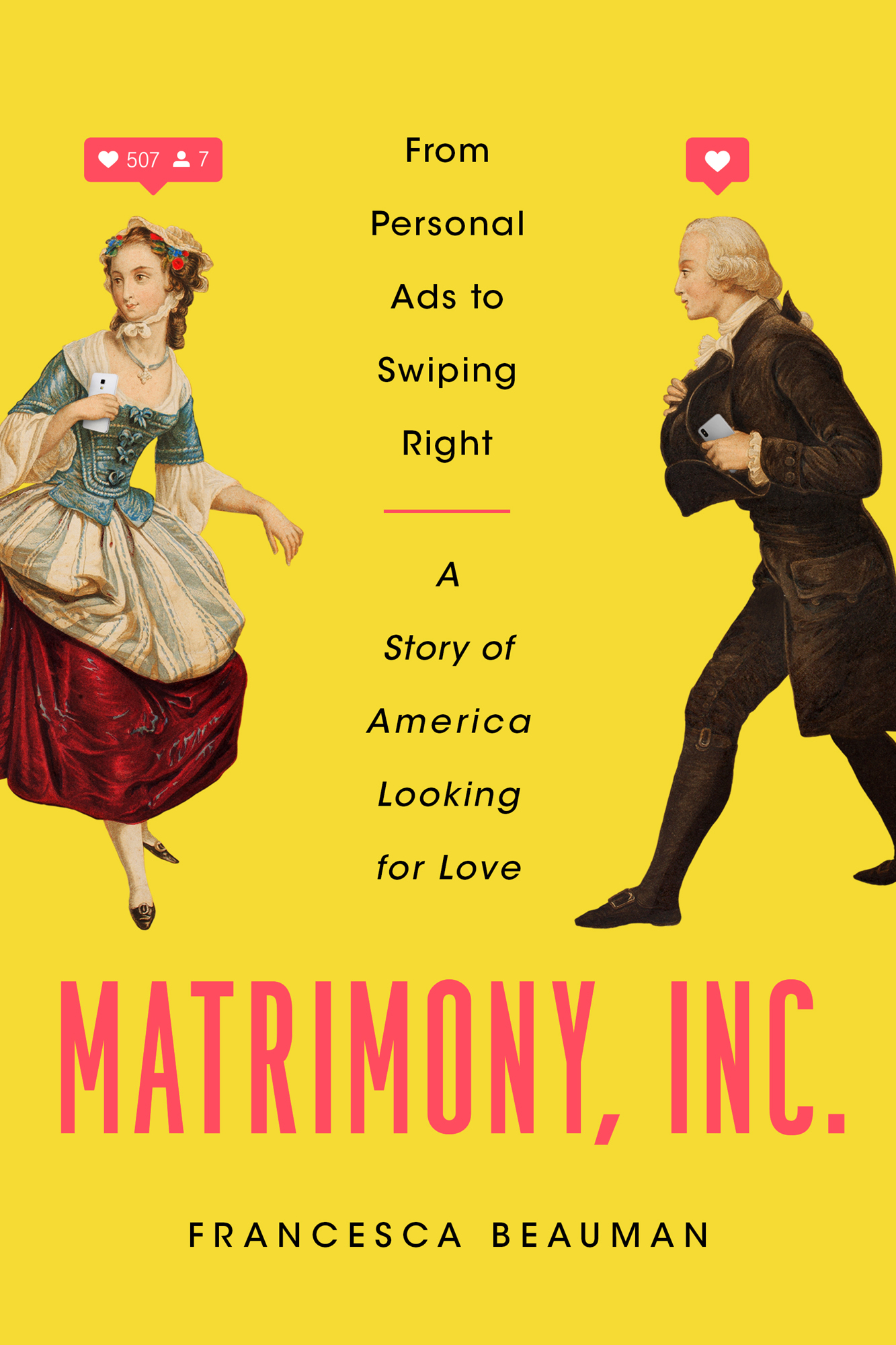CONTENTS
Guide
MATRIMONY, INC.
Pegasus Books, Ltd.
148 W. 37th Street, 13th Floor
New York, NY 10018
Copyright 2020 by Francesca Beauman
First Pegasus Books edition October 2020
Interior design by Maria Fernandez
All rights reserved. No part of this book may be reproduced in whole or in part without written permission from the publisher, except by reviewers who may quote brief excerpts in connection with a review in a newspaper, magazine, or electronic publication; nor may any part of this book be reproduced, stored in a retrieval system, or transmitted in any form or by any means electronic, mechanical, photocopying, recording, or other, without written permission from the publisher.
Jacket design by Derek Thornton, Notch Design
Jacket art by Bridgeman Images and Shutterstock
Author photo by Kris Keevers
Library of Congress Cataloging-in-Publication Data is available.
ISBN: 978-1-64313-578-6
Ebook ISBN: 978-1-64313-579-3
Distributed by Simon & Schuster
www.pegasusbooks.com
I NTRODUCTION

I met my husband through a personal ad.
Tall-ish, blonde-ish, 28, likes books and pubs and India, was how he described himself. He said he was looking for an unneurotic brunette. The ad appeared in the Observer newspaper, which at the time we both read religiously, one dreary Sunday around the turn of the last century.
After wed dated for a while, I took the decision to throw my lot in with him permanently. Like any marriage, it was a huge leap of faith. I knew I adored him at dinner and at parties and at brunch with my parents, but I truly gave no thought to the practical stuff like how he would handle a house move or a newborn.
Why? What led me to choose him? (I mean, apart from the fact that I was in love with him, obviously.)
Was it a chemical reaction?
Was it genetic memory?
Was it my subconscious weighing up a range of relevant criteria? We are both from families of five children, for example, which manifests itself most obviously in our ability to eat fast and talk loudly, often at the same time.
Mate choice remains, in many ways, a mystery.
It is entirely untrue that I met my husband through a personal adalas, because it would have satisfied the narrative so neatly.
In fact, I met him at work. I was the host of a television show he was directing. It was my first job in a studio and I was a bit vague about how microphones worked. During breaks, I would dutifully cover my microphone, but it turned out this was not enough to prevent my merry discussion with my costar about the many charms of this director from being broadcast to the entire gallery: the sound mixer, the producer, and the rest of the (almost all male) team.
But perhaps the facts do not entirely matter. The art of advertising is creating a fantasy world: life as we want it to be. Young? Rich? Gorgeous? The kind of bold statements found in consumer ads are often straight up fabrication and fantasy. But when it comes to personal ads, they may not exactly be lies, but they often prove to be not entirely truthful either.
I easily could have met my husband through advertising, after allmost likely through advertising online. Heterosexual couples in the United States are now more likely to meet each other on the Internet than in any other way; a 2019 study by Stanford University found that 39 percent of heterosexual couples met through a dating website or app, versus 27 percent in a bar or restaurant, 20 percent through friends, and 11 percent at work.
Dating websites and apps are the most recent iteration of what we used to call personal ads, which have long been a passion of mine. Ever since I was old enough to appreciate the pleasures of reading the Sunday papers, I have always turned to the personal ads first. I can still remember some of my favorites: Woman who likes pasta wants man who likes sauce. Grumpy, poor, complicated man seeks same but prettier. Each one is its own tiny detective story, asking the reader to unravel the intimate mysteries held within.
As I began to research these ads, however, I found they dated back much further than most people realized. Americas first genuine marriage ad appeared in the Boston Evening Post in 1759. A gentleman advertised for Any young lady, between the age of eighteen and twenty-three, of a middling stature, brown hair, of good Morals The city of Boston, along with most of the East Coast, experienced enormous growth in the mid-18th century, creating a society where it was no longer enough to rely on your mother or your neighbor or your pastor to match you up. The generations-old social networks from across the ocean were no help either in this New World. With the launch of the countrys first newspapers therefore came the first opportunities to reach out to a wider social circle in search of a spouse.
An examination of 18th- and 19th-century newspapers reveals the existence of personal ads in every state in the nation. From Wisconsin to Wyoming, from Kansas to California, the headline Wife Wanted and, later, Husband Wanted, became a familiar sight. Taken together, they constitute an extraordinary body of evidence about the history of our hearts desires.
These ads provided a vital service, particularly for white settlers on the American frontier. The homesteading land policies of the U.S. government encouraged marriage by making it hugely financially worthwhile: with just an I do, you could get 640 acres of land and a working partner. So anxious are our settlers for wives that they never ask a single lady her age. All they require is teeth, declared a correspondent for the Dubuque Iowa News in 1838 in a state where men outnumbered women three to one. Further west, in California after the Gold Rush, the gender disparity was even more extreme: two hundred men for every woman. Geographical isolation, as well as rising romantic expectations, led many to conclude that the only sensible way to find a wife and thus start a family was to turn to the newspapers for help.
The American frontier has been the subject of extensive study, including its dire shortage of women. Yet very little research has been done into one of the most effective ways the problem was solved: personal ads. These were crucial to fulfilling Americas Manifest Destiny and settling the West: couple by couple, shy smile by shy smile, letter by letter from a dusty, exhausted miner in California to a bored, frustrated seamstress in Ohio. It is a glimpse into the making of modern America, one hundred words of typesetters blurry black ink at a time.
Between 1820 and 1860, the United States changed faster than in any comparable period before or since: its borders reached the Pacific, its settled area doubled, the number of states increased from eighteen to thirty-three, and there were astonishing improvements in everything from communication to transport. Population growth in urban areas led to an ever-increasing need for personal ads, which reached the height of their popularity around the 1870s. According to one gentleman in Chicago, My circle of acquaintances is rather limited, so am obliged to adopt this course, in which I wish to act with honor, while A comely and courtly bachelor in the prime of life and robust health explained that his steadfast devotion to an enterprise remote from the beau monde for some years calls for this expedient.


